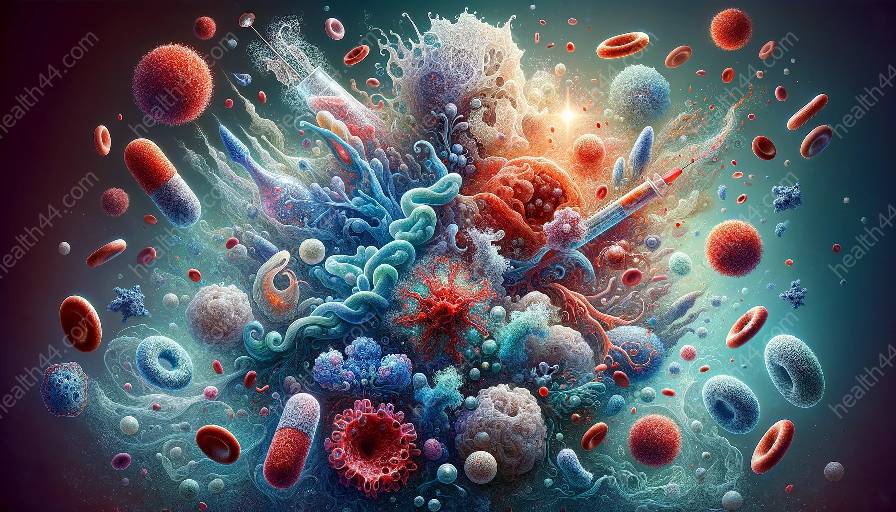Vaccines have a profound impact on the evolution of pathogen virulence and transmission dynamics, affecting how diseases spread and how the immune system responds.
The Basics of Vaccines
Vaccines work by stimulating the immune system to recognize and destroy specific pathogens, providing immunity without causing the disease. They can target viruses, bacteria, and other microorganisms, and their widespread use has significantly reduced the burden of infectious diseases.
The Impact on Pathogen Evolution
When a population is vaccinated against a pathogen, it creates a selective pressure that can influence the evolution of the pathogen. This pressure can lead to the emergence of vaccine-resistant strains or change the pathogen's virulence and transmission dynamics.
Virulence Evolution
Pathogens can evolve to become more or less virulent in response to vaccination. In some cases, vaccination may select for strains that are less virulent, as they are more efficiently transmitted in a vaccinated population. However, in other cases, vaccination pressure can lead to the emergence of more virulent strains that can evade the immune response induced by vaccines.
Transmission Dynamics
Vaccination can also impact the transmission dynamics of pathogens. In some scenarios, vaccines can reduce the transmission of the pathogen by reducing the number of susceptible individuals. However, in other cases, vaccination may lead to changes in the age distribution of infection, which can alter transmission patterns within a population.
Immunological Responses
Understanding the impact of vaccines on pathogen virulence and transmission dynamics requires a deep understanding of immunological responses to vaccination. Vaccines can elicit a variety of immune responses, including the production of neutralizing antibodies, cell-mediated immunity, and memory responses. These responses can shape the interaction between the pathogen, the immune system, and the vaccinated population.
Vaccine Development and Evolution
The study of vaccine impact on pathogen evolution and transmission dynamics is crucial for the development of effective vaccination strategies. Researchers need to consider how vaccination may influence the evolutionary trajectories of pathogens, ensuring that vaccines remain effective in the long term.
Conclusion
Vaccines play a crucial role in shaping the evolution of pathogen virulence and transmission dynamics. Understanding the complex interplay between vaccines, pathogens, and the immune system is essential for the development of effective vaccination strategies and the control of infectious diseases.


